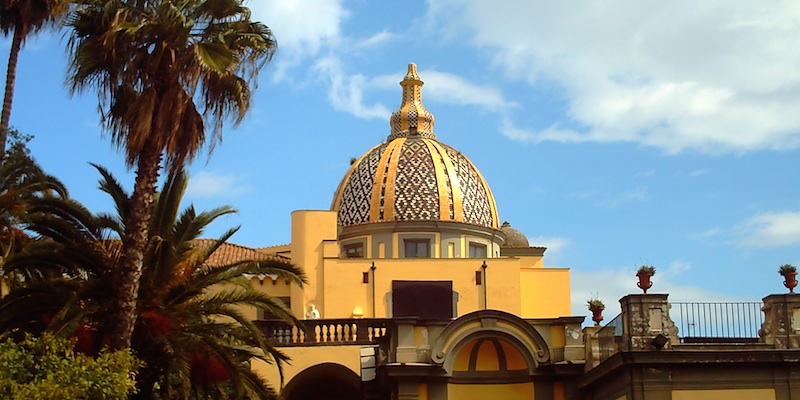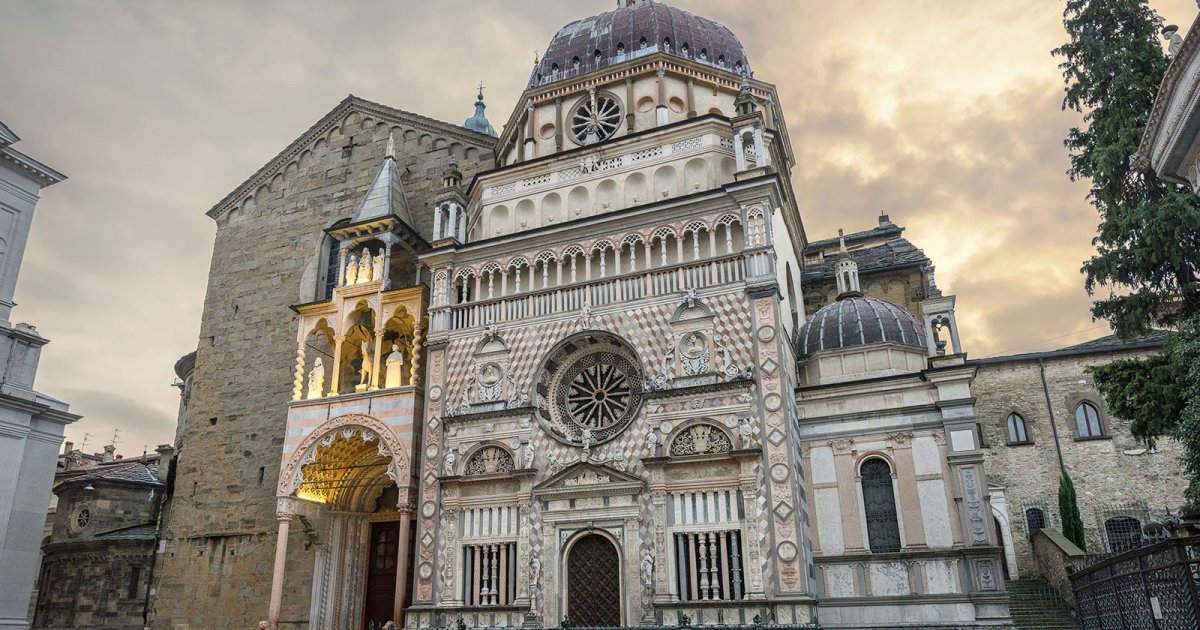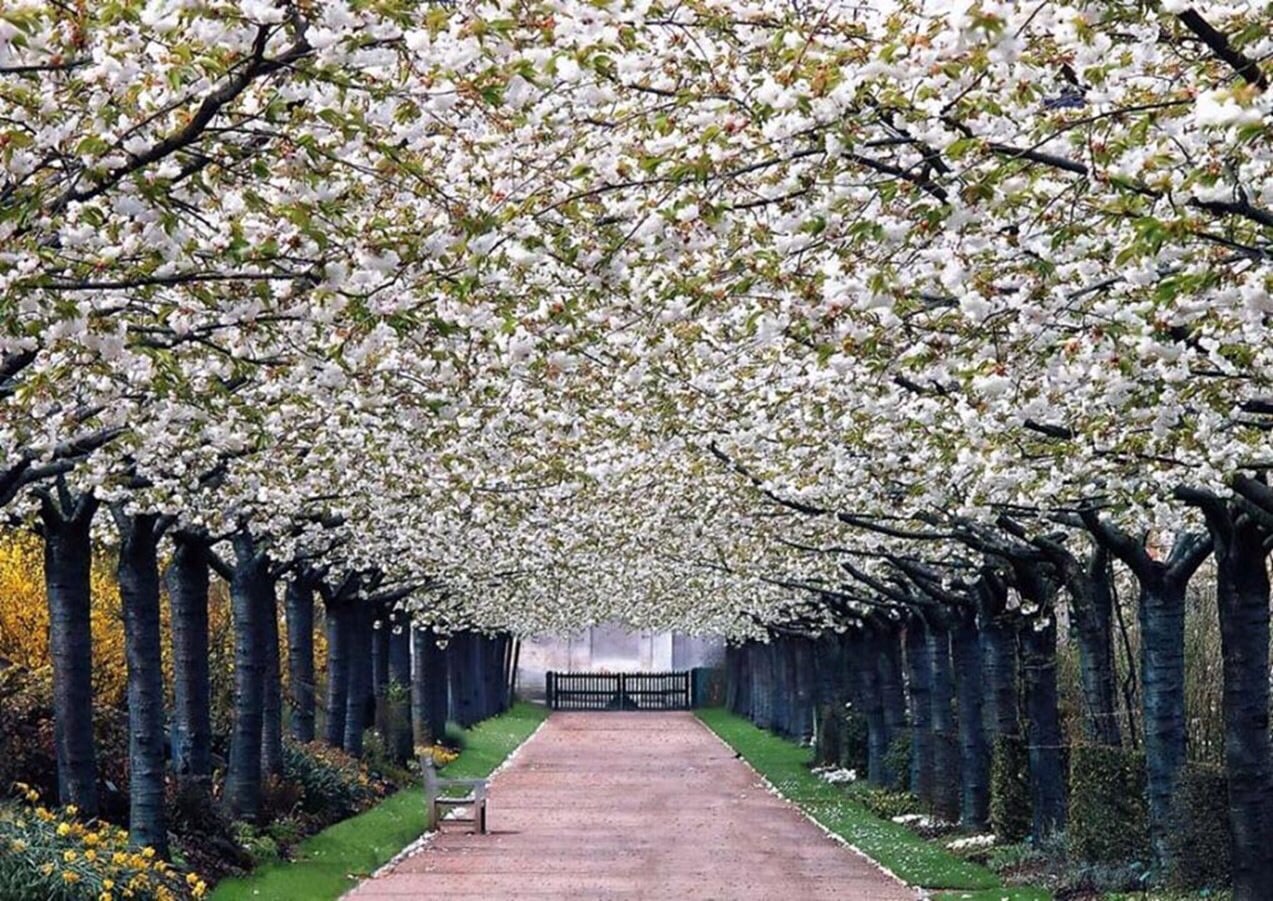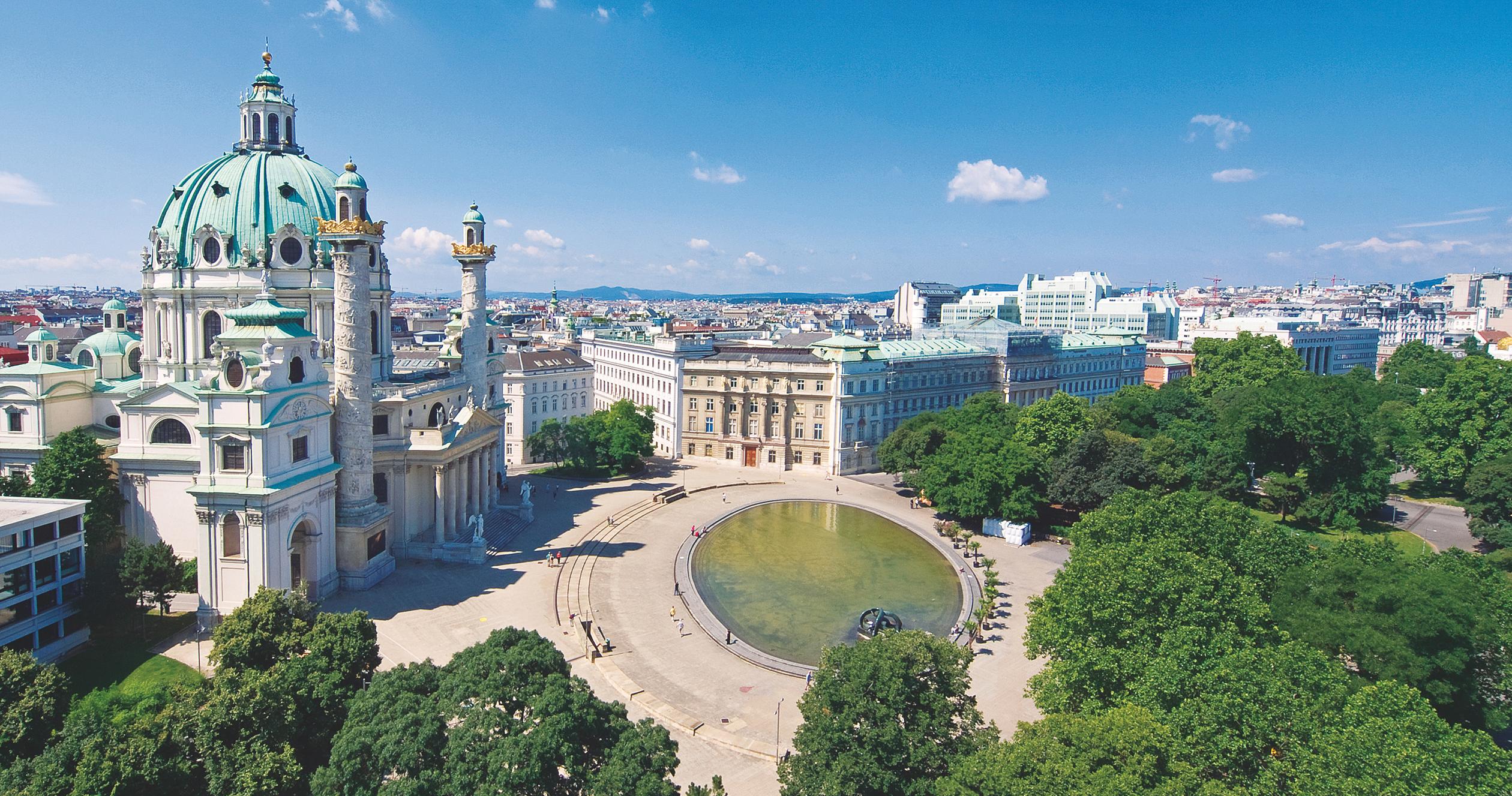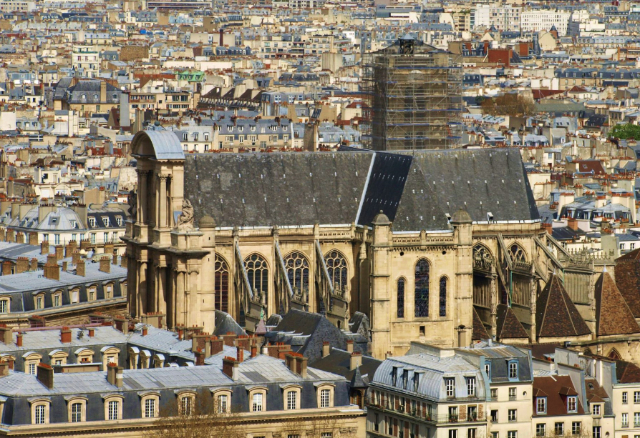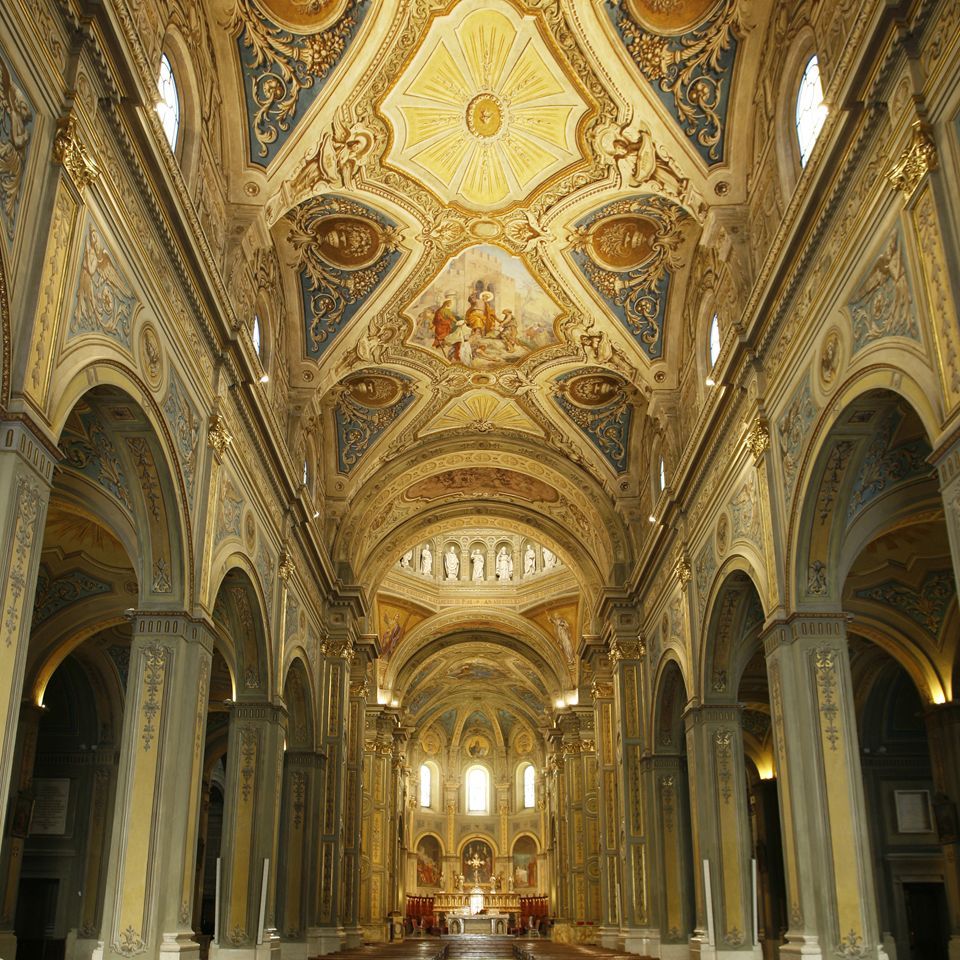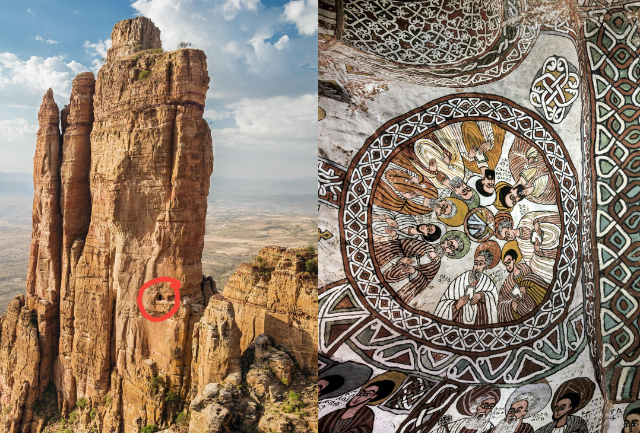The church of Saints Marcellinus and Festus is located in Largo Marcellinus, where, since the 7th century there has been a convent complex consisting of the place of worship and two Basilian women’s monasteries [map].
Originally, the first monastery to be built was dedicated to Saints Marcellinus and Peter, while from the 8th century it was joined by another structure consecrated to Saints Festus and Desiderius, at the behest of Bishop and Duke of Naples Stephen II.
In the 9th century, the promo monastery was restored at the behest of the Widow of Duke Antimo of Naples, while the second was suppressed in 1565 and joined to the previous one. In 1567, until 1595, work was carried out to rebuild the entire structure, thanks to the design of architect Giovan Vincenzo della Monica, who permanently united the two convents.
In 1626, work also began on the construction of the new church of what by then had become the complex of Saints Marcellinus and Festus, entrusted to Pietro D’Apuzzo and Giovan Giacomo di Conforto, who contributed to enriching the place of worship with works created by some of the most famous artists active in Naples at that time. Subsequently, In 1707 works affected the facade, while around the middle of the 18th century , new restorations were carried out on the entire complex. The project was entrusted to the architects Mario Gioffredo and Luigi Vanvitelli, and after the former was ousted from the task, the latter embellished the site with the construction of the Oratory of the Holy Hall in 1772.
In 1808 the monastery was suppressed and, in the 20th century intended to house some university premises and, since 1932, also the museum of paleontology.
The interior of the church, with a single nave with side chapels and a dome, is characterized mainly by the marble and wood decorations that adorn it. The predominant one was designed by Luigi Vanvitelli in the 18th century and made by master marble workers Antonio Di Lucca and Domenico Tucci between 1759 and 1767. The wooden jellies, on the other hand, are the work of Giuseppe D’Ambrosio, who created them between 1761 and 1765. The high altar, made in 1666 by Dionisio Lazzari, is adorned with statues by Lorenzo Vaccaro representing St. Marcellinus and St. Festus. At the entrance is a canvas by Giuseppe Simonelli depicting the Crossing of the Red Sea, while the frescoes in the dome are by Belisario Corenzio (1630-1640).
Among the works that once adorned the church are some works such as the one depicting St. Vitus located in the first right chapel and created by Battistello Caracciolo, the Holy Trinity and the Holy Family on the ceiling, paintings by Massimo Stanzione, who also created other side canvases, some Puttini in the Chapel of St. Benedict, sculpted by Giuseppe Sanmartino, and, also in the same Chapel, St. Benedict by Francesco De Mura.
The cloister then was made by Giovan Vincenzo Della Monica between 1567 and 1595. The plan is rectangular and the structure is supported by pillars and embellished with piperno decorations. In the center is a beautiful garden with fountains of various kinds, one even made of lava stone.
